U.S. Treasury in talks with Airlines to Use Loyalty Programs as Collateral for Loans
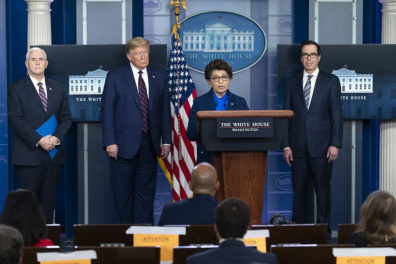
U.S. Treasury in talks with Airlines to Use Loyalty Programs as Collateral for Loans
Earlier this week, we wrote about the tension from airlines when the United States Treasury Department informed the airlines they would have to pay back some of the stimulus money. As we noted, airlines expected to not pay the money back. They wanted it in the form of grants. The Treasury ended up making a deal with 10 airlines who signed on to the program, receiving billions of dollars for payroll.
Now, there are discussions on the next round of $25 billion in funding. The airlines are working on negotiating to include their loyalty programs as assets to hold up for the next round of airline stimulus loans. According to Bloomberg:
Other assets are also in play, including some international flight routes, planes, engines, airport gates and spare parts, according to people familiar with the negotiations, who requested anonymity because the matter is private. Applications are due Friday for the $25 billion loan program, the second round of U.S. funds made available to airlines. The people didn’t name the airlines.
The Value of Airline Loyalty Programs
In March, there was an article written on Skift about the value of airline loyalty programs. Of course, American, Delta, and United have the largest airline loyalty programs, but their value is mostly unknown. Skift noted in past crises, airlines have relied on their loyalty programs to infuse their coffers with funds. Selling miles can be a quick way for airlines to get their hands on cash.
Airlines have not yet taken actions like Hilton took by selling $1 billion worth of points, but as the crisis continues they may just have. There is a significant threat that the longer this goes on, the more trouble airlines will have finding unencumbered assets. Planes are grounded, crews are on forced leave, and hiring is frozen. The infusion of cash for payroll requires that airlines not layoff employees through September 30, 2020.
It’s unclear how these assets will be calculated for the purposes of the Treasury loans. Hopefully we will have more information once we get into these discussions with Treasury and what that looks like. The sources who reported to Bloomberg were coy about going into too much detail given the private nature of the discussions. We don’t even know what airlines are included in that discussion, though it might be safe to assume it’s those airlines with the biggest programs.
Bottom Line
There is no doubt that airlines are hungry for cash and doing what they can to get it. Airlines are operating at a very reduced capacity in the United States. U.S. airlines had 58% less scheduled flights this week than they had scheduled this time last year. The changes in flight schedules even led Southwest Airlines to become the largest airline in the world, as measures by available seats.
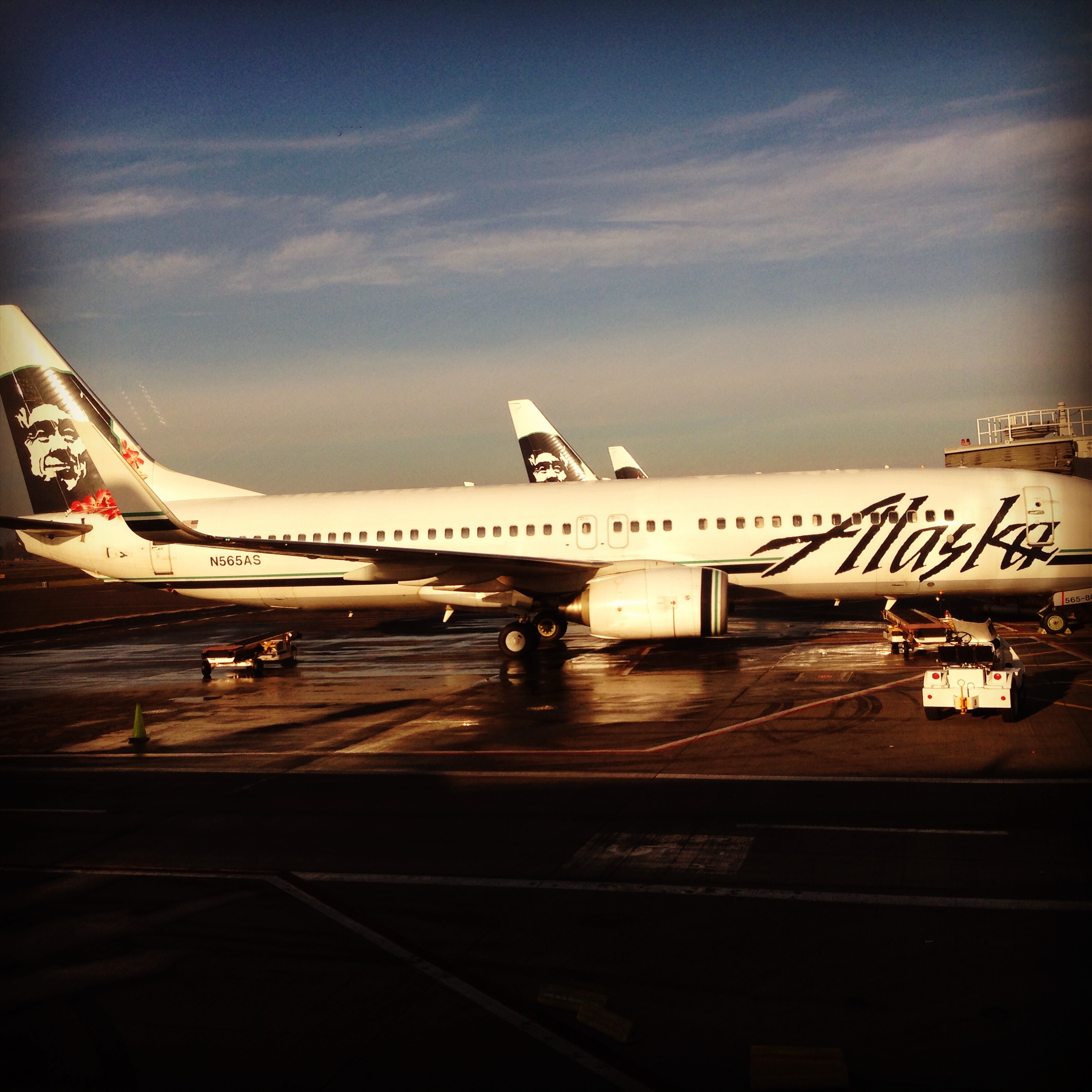
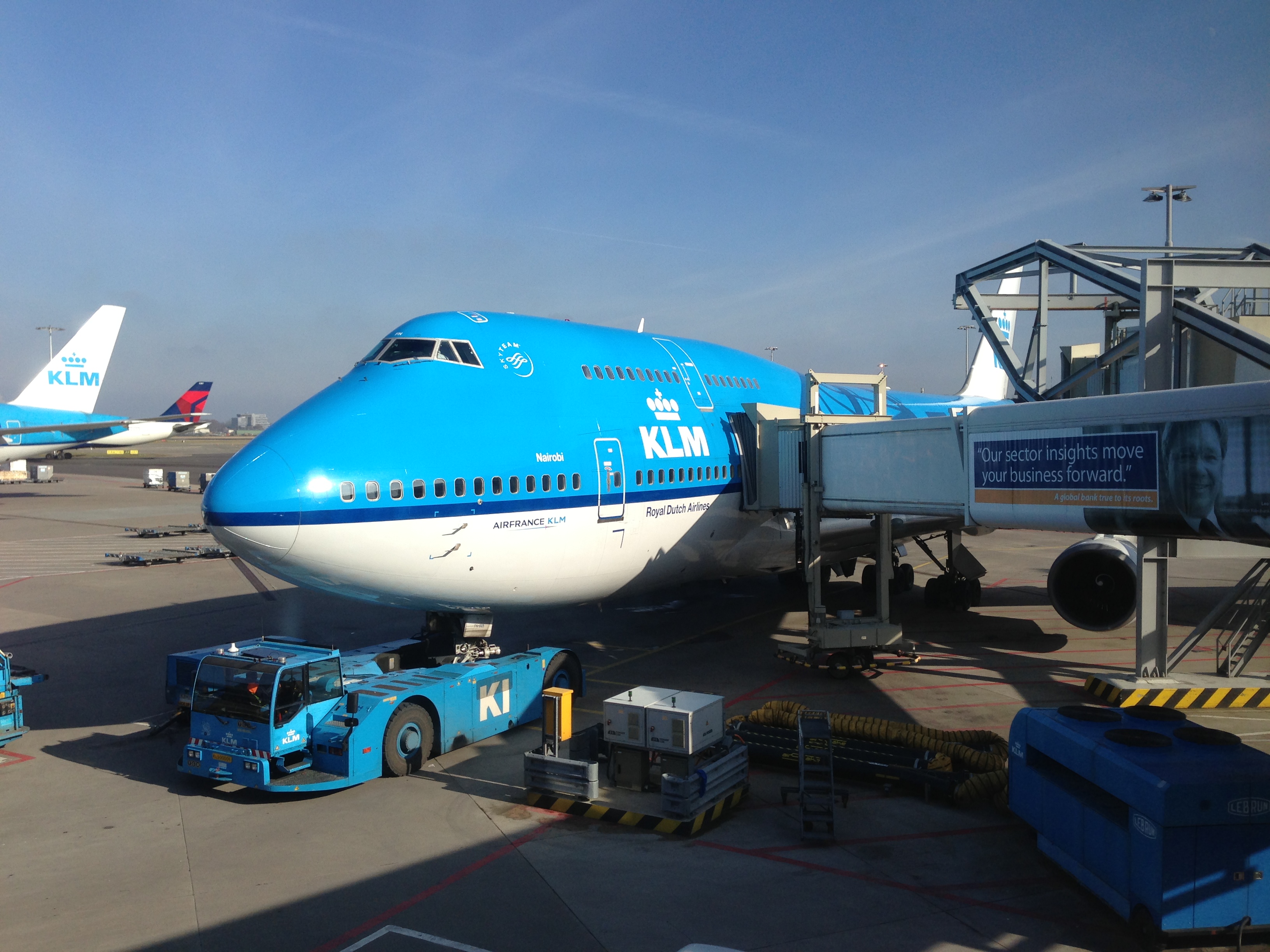
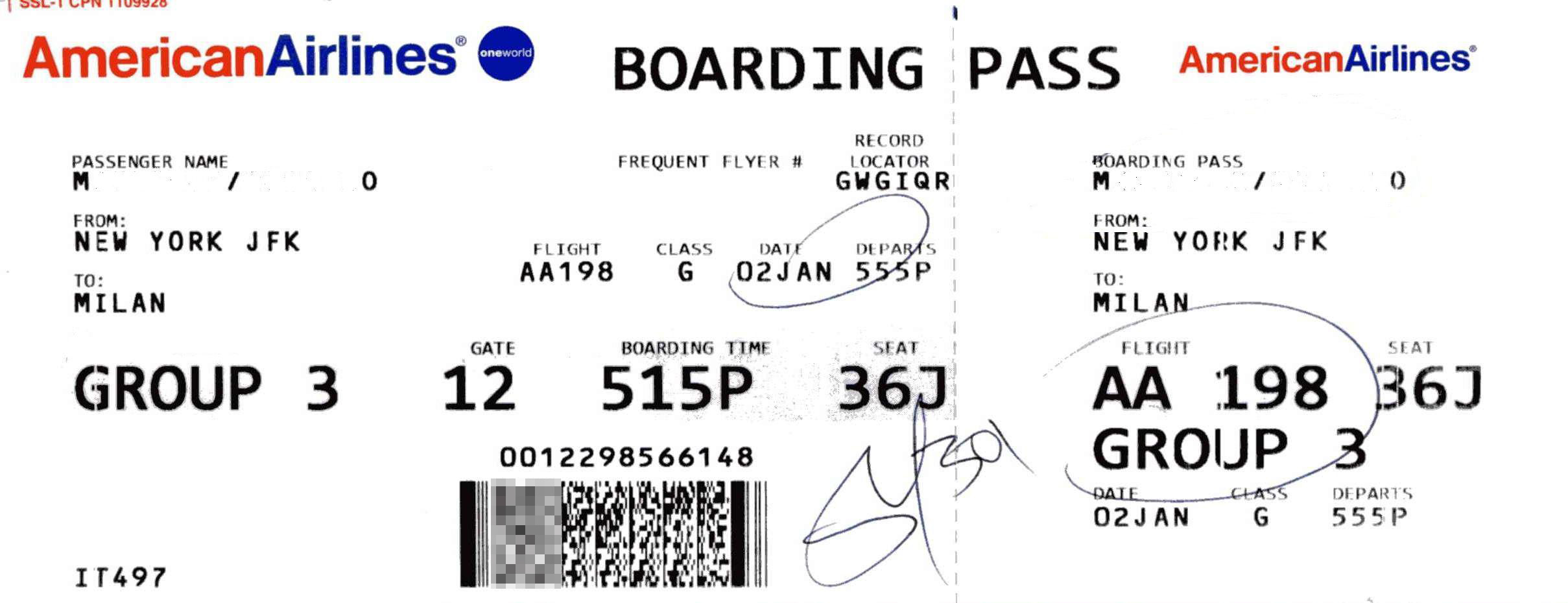
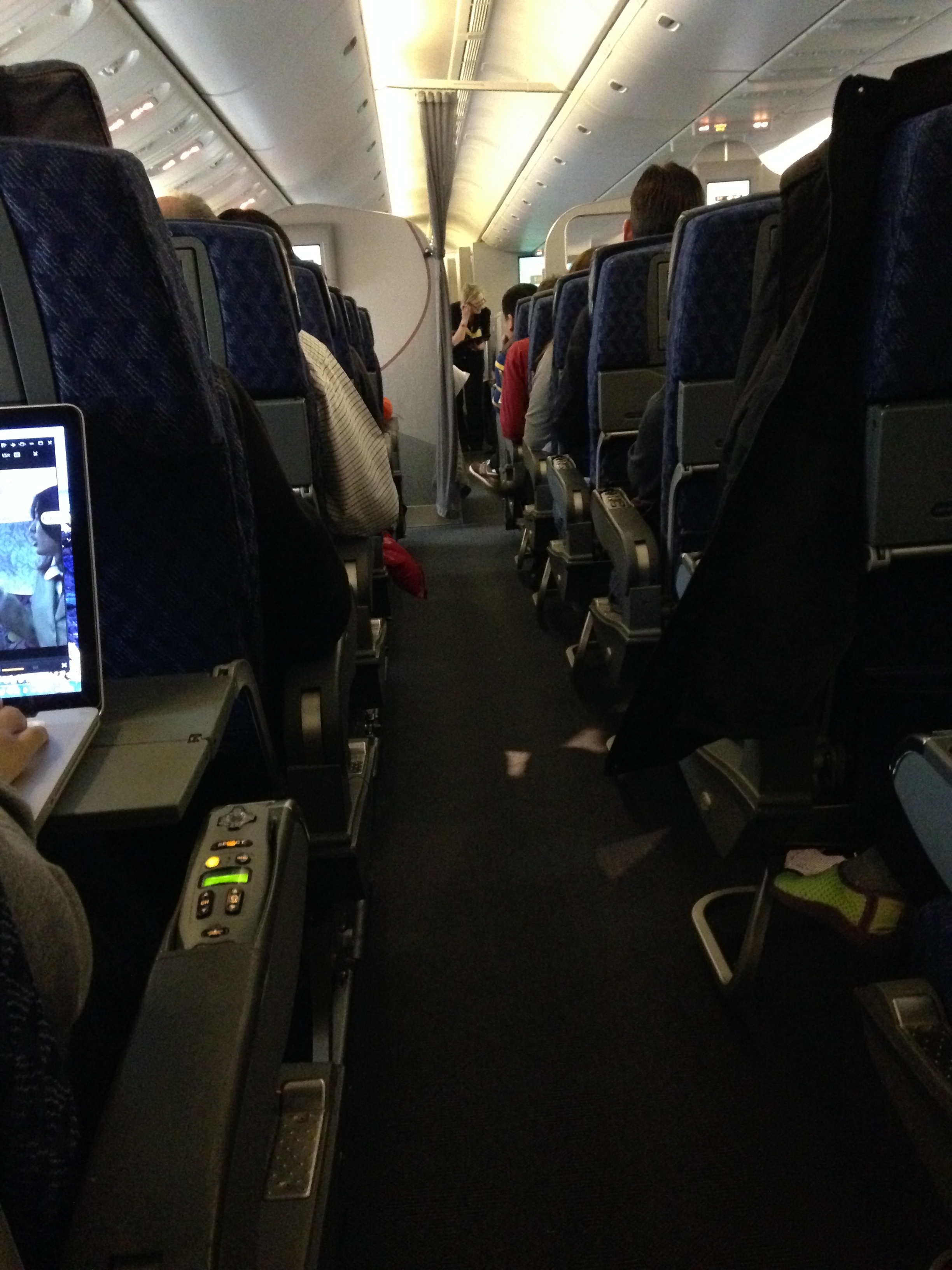



Step 2: Treasury starts thinking about how they can get revenue from miles.